


“From Chicago to Osaka” is a smart, sophisticated, and highly entertaining screenplay drawing on the award-winning indie romantic comedy/drama style of the early 2000s, this project updates the beloved genre for the modern era. Its commercial appeal is amplified by fast-paced, witty dialogue that seamlessly integrates both English and Japanese, offering a unique, cross-cultural cinematic experience.
「シカゴから大阪へ」は、2000年代初頭の受賞歴あるインディーズ・ロマンティックコメディ/ドラマのスタイルを基にした、洗練され知性あふれる非常に娯楽性の高い脚本である。このプロジェクトは、愛されるジャンルを現代向けにアップデートした。英語と日本語をシームレスに融合させたテンポの良い機知に富んだ対話が商業的魅力を増幅させ、ユニークな異文化間映画体験を提供する。
Watch the Official Concept Trailer
公式コンセプトトレーラーをご覧ください
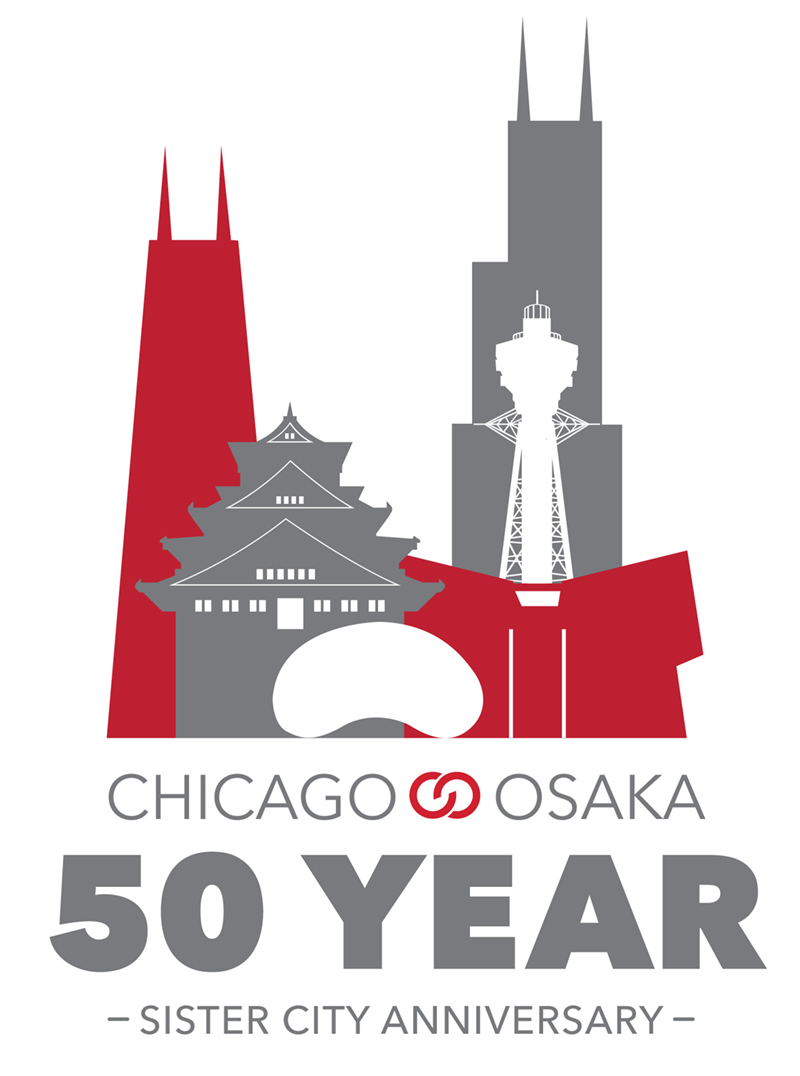
Sometimes you find love 6,437 miles away
The screenplay’s structure functions as a dynamic tour, highlighting the sister-city relationship between Chicago and Osaka (both “second cities”) while celebrating Osaka’s unique, friendly, and outspoken culture. The film showcases a variety of locations, balancing iconic landmarks with authentic, local experiences.
脚本はダイナミックな観光ツアーとして機能し、シカゴと大阪(いずれも「第二の都市」)の姉妹都市関係を強調しつつ、大阪のユニークで友好的、そして率直な文化を称賛する。本作は様々なロケーションを紹介し、象徴的なランドマークと本物のローカル体験のバランスを取っている。
The Story 物語
Chicago artist Dylan Davis arrives in Osaka for an art show, running from the trauma that has left him creatively and emotionally paralyzed. He is joined by his colleague, Skip Mitchell, who provides a comedic, outsider’s perspective on the city. Dylan reconnects with an old friend, Naoki Agawa, now working at a robotics company, who secretly tries to lure Dylan into a stable corporate job in Japan.
The romance begins when Dylan meets Haruka Nomura, the assistant director at the Midori Art Gallery. Haruka, distracted by suspicions of her fiancé’s infidelity, has a minor car accident just after giving a hilariously harsh critique of Dylan’s art. Over the next few days, as they visit the city’s diverse and dynamic locations, from the bustling food scene of Dōtonbori to the quiet residential districts and historic sites, they forge a deep connection. Dylan’s lost faith in his home mirrors Haruka’s lost faith in her relationship. Through their journey across Osaka, they heal one another, rediscovering hope and purpose against the backdrop of a city embracing its global future. The film is an authentic and warm portrayal of life in the Kansai region.
シカゴのアーティスト、ディラン・デイヴィスは、創造力や感情を麻痺させるトラウマから逃れるため、アートショーのために大阪を訪れる。彼には同僚のスキップ・ミッチェルも同行し、この街をコミカルな部外者の視点で見つめる。ディランは、ロボット会社に勤める旧友、阿川直樹と再会する。直樹は密かに、ディランを日本で安定した企業勤めに誘おうとする。
ディランが緑画廊の副館長、野村遥と出会ったとき、ロマンスが始まった。婚約者の浮気を疑って気が散っていた遥は、ディランの芸術作品を痛烈に批判した直後に軽度の交通事故を起こしてしまう。その後数日間、二人は道頓堀の賑やかな飲食店街から閑静な住宅街、歴史的スポットまで、大阪の多様で活気ある場所を巡りながら深い絆を育んでいく。故郷への信頼を失ったディランの心情は、婚約者への信頼を失ったハルカの心情と重なる。大阪を巡る旅路で互いを癒し合い、グローバルな未来を受け入れる都市を背景に、希望と生きる目的を再発見していく。本作は関西地方の生活を、本物らしく温かみをもって描いている。
A Comprehensive Tourism & Cultural Guide
包括的な観光・文化ガイド
The screenplay functions as an unparalleled cinematic tourism campaign:
Highlighting Undervisited Areas: While showcasing iconic locations like Osaka Castle, the story deliberately utilizes lesser-known districts, authentic restaurants, and non-traditional tourist destinations. This provides a fresh view of the city, encouraging repeat visitors to explore beyond the usual itinerary and dispersing tourism revenue across a wider geographical area.
Cultural Education & Etiquette: The film explicitly and implicitly highlights the customs and etiquette inherent in Japanese culture through the interactions between the characters. This gently educates future tourists, allowing them to visit with greater respect and confidence, thereby enhancing their overall experience and fostering positive sentiment toward the city.
A Love Letter to Osaka: At its core, the film is a heartfelt tribute, showcasing the city’s unique blend of tradition, cutting-edge technology, world-class cuisine, and its warm, pragmatic people.
脚本は比類なき映像観光キャンペーンとして機能する:
あまり知られていないエリアの強調:大阪城のような象徴的な場所を紹介しつつ、物語は意図的にあまり知られていない地区、本格的な飲食店、非伝統的な観光地を活用する。これにより都市の新たな視点を提供し、リピーターが通常の旅程を超えて探索するよう促し、観光収入をより広い地域に分散させる。
文化教育とマナー: 本作は登場人物たちの交流を通じて、日本文化に根ざした習慣やマナーを明示的・暗示的に浮き彫りにする。これにより将来の観光客を優しく啓発し、より深い敬意と自信を持って訪問できるようにする。結果として訪問体験全体の質を高め、都市への好意的な感情を育むのである。
大阪へのラブレター:本作の核心は、伝統と最先端技術、世界水準の食文化、そして温かく現実的な人々という大阪の独特な融合を称える心からの賛歌である。
Market Alignment for Global Reach
グローバル展開に向けた市場整合
Proven Profitability: Romantic comedies are inexpensive to produce relative to their box office and streaming potential, offering excellent ROI. And these is plenty of product placement and brand awareness opportunities within the script.
実証済みの収益性:ロマンティック・コメディは、興行収入やストリーミング収益の可能性に対して制作費が比較的低く、優れた投資利益率(ROI)を提供します。さらに、脚本内には数多くのプロダクトプレイスメントやブランド認知向上の機会が存在します。
Global Demand for Japan: The film capitalizes on Japan’s high favorability and the explosion of interest in Asian-originated entertainment, which Nielsen reports confirms is driving higher engagement and purchasing power among diverse audiences.
日本への世界的な需要:この映画は、日本に対する高い好感度とアジア発エンターテインメントへの関心の高まりを活かすものである。ニールセンの報告によれば、こうした傾向が多様な観客層における関与度と購買力の向上を牽引していることが確認されている。
High-Value Digital Asset: Regardless of theatrical performance, the film will become a permanent, visual asset promoting Osaka across all major global streaming platforms, which are currently prioritizing authentic, location-driven content.
高価値デジタル資産:劇場興行成績に関わらず、本作は大阪を世界中の主要ストリーミングプラットフォームで永続的に宣伝する映像資産となる。現在これらのプラットフォームは、現地を舞台にしたリアルなコンテンツを優先的に扱っている。
Examples of Profitability
収益性の例
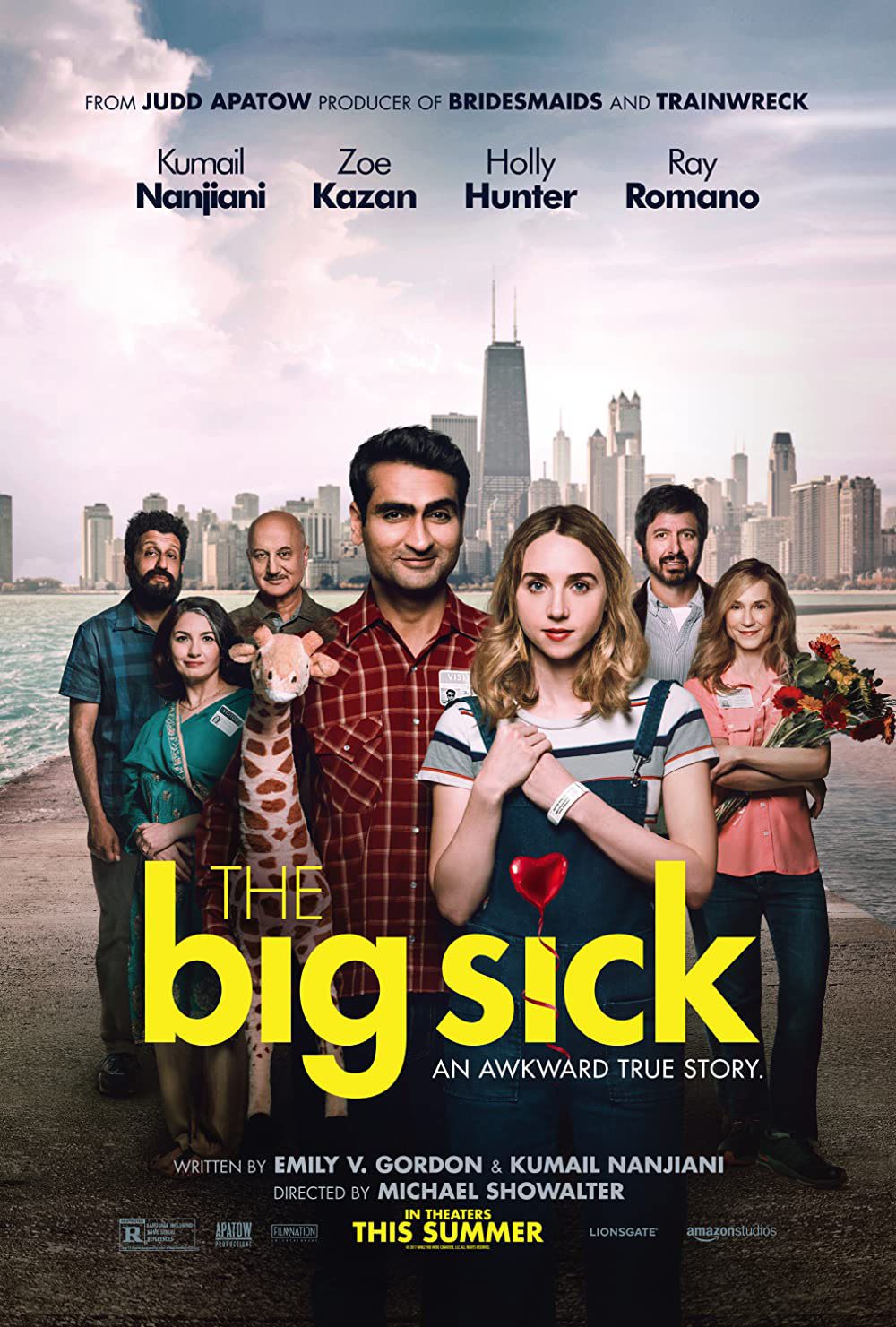
Budget
5 million USD
Worldwide Box Office
56.4 million USD

Budget
30 million USD
Worldwide Box Office
238.5 million USD
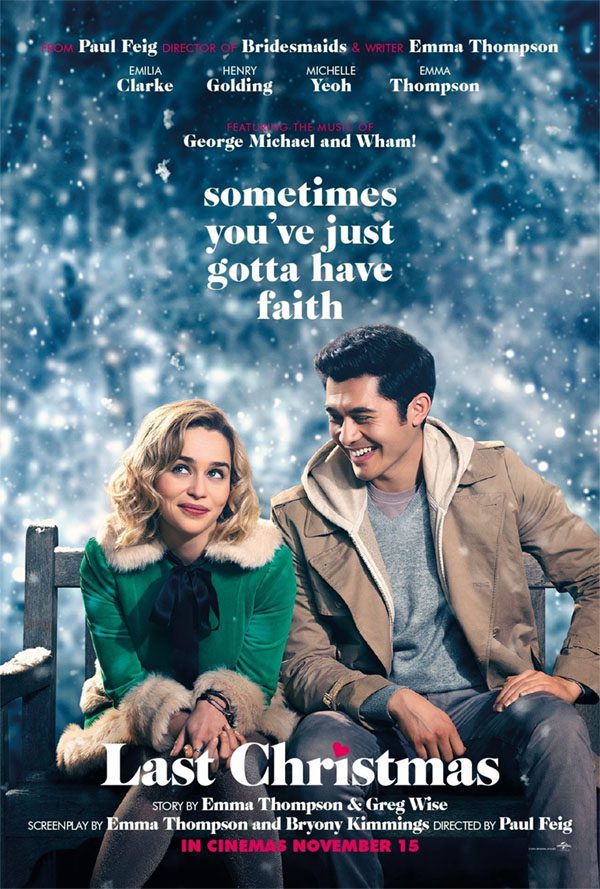
Budget
30 million USD
Worldwide Box Office
123.4 million USD
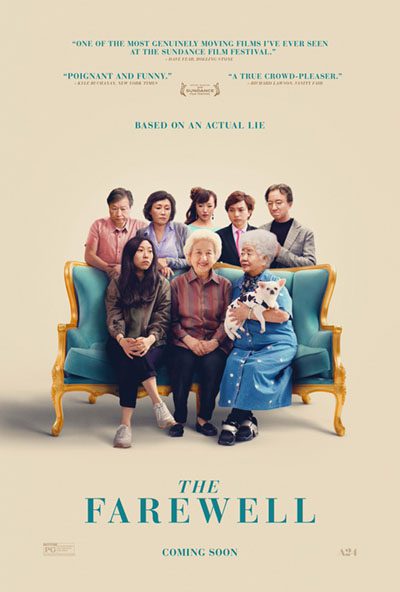
3 million USD
Worldwide Box Office
23.1 million USD

Budget
6.5 million USD*
Worldwide Box Office
195 million USD
**adjusted for 2022 dollars
About the Screenwriter
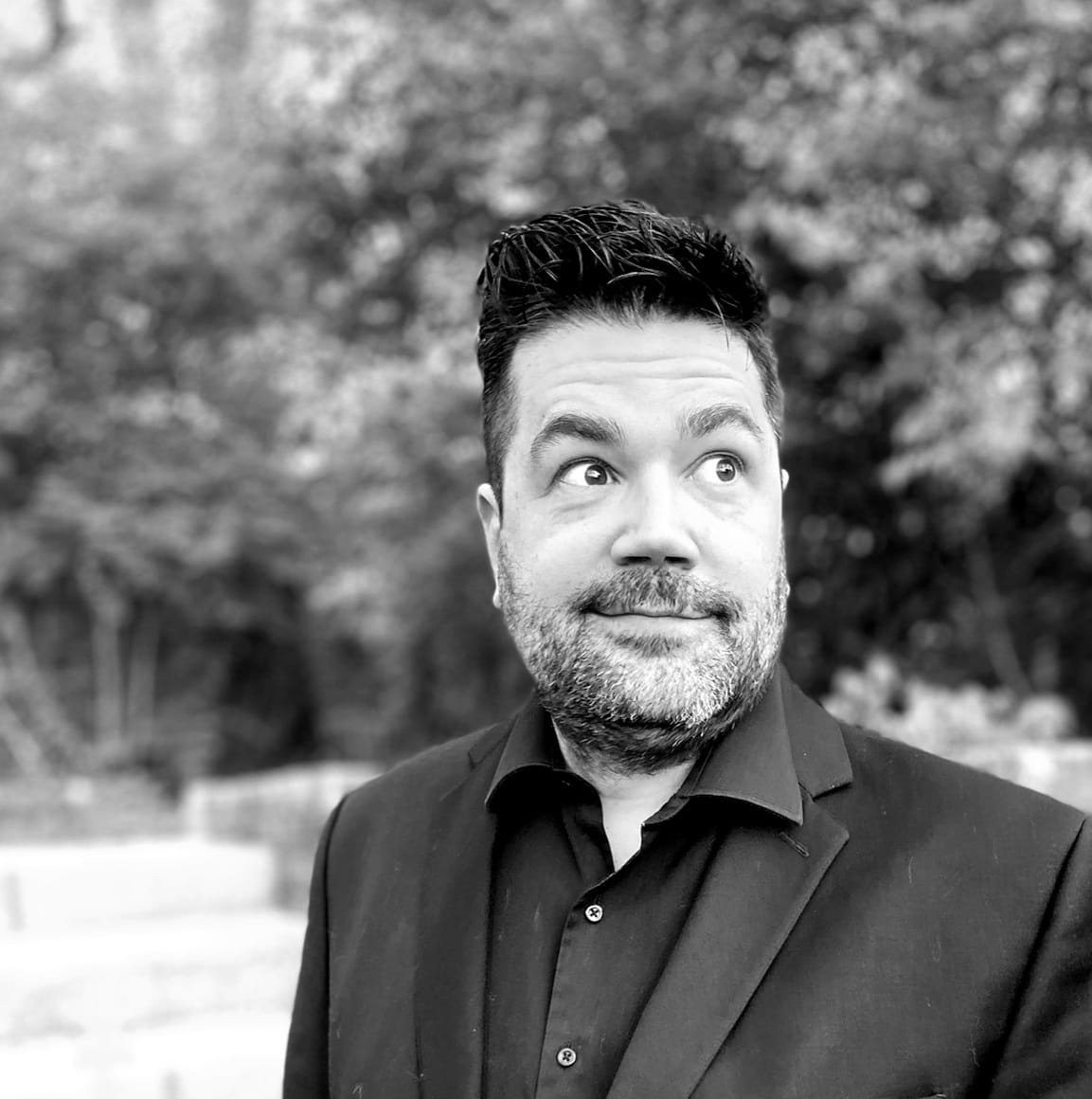
Michael Foster is a visionary and award-winning creative leader with many years of experience in end-to-end creative direction, brand strategy, and integrated marketing management with a proven track record of spearheading global rebranding initiatives, driving substantial growth in brand visibility, and leading high-performing creative teams.
Michael is also a member of the Japan American Society of Chicago, the Chicago Japanese Club organization, The Chicago Osaka Sister Cities Committee and the Japanese American Service Committee.
マイケル・フォスターは、先見の明を持つ受賞歴のあるクリエイティブリーダーであり、エンドツーエンドのクリエイティブディレクション、ブランド戦略、統合マーケティング管理において豊富な経験を有しています。グローバルなリブランディングイニシアチブの主導、ブランド認知度の大幅な向上、高パフォーマンスなクリエイティブチームの統率において確かな実績を築いてきました。
マイケルはまた、シカゴ日米協会、シカゴ日本クラブ組織、シカゴ大阪姉妹都市委員会、日系アメリカ人サービス委員会のメンバーでもあります。
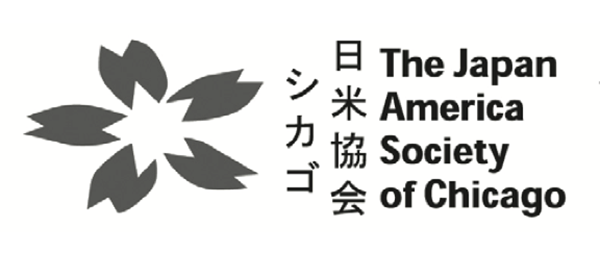
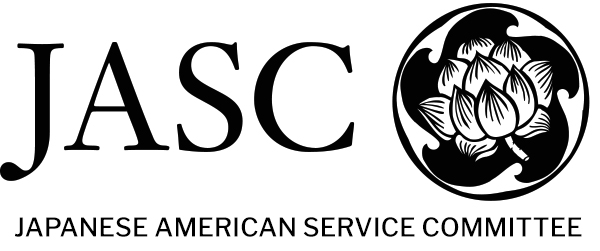

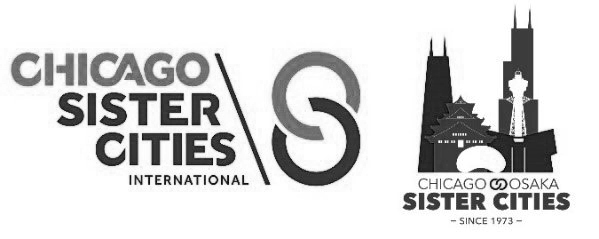
Contact Us / お問い合わせ
Are you interested in following the film From Chicago to Osaka? We invite you to like our Facebook and Instagram pages.
映画『シカゴから大阪へ』の続報にご興味はありますか?FacebookとInstagramのページをぜひ「いいね!」してください。